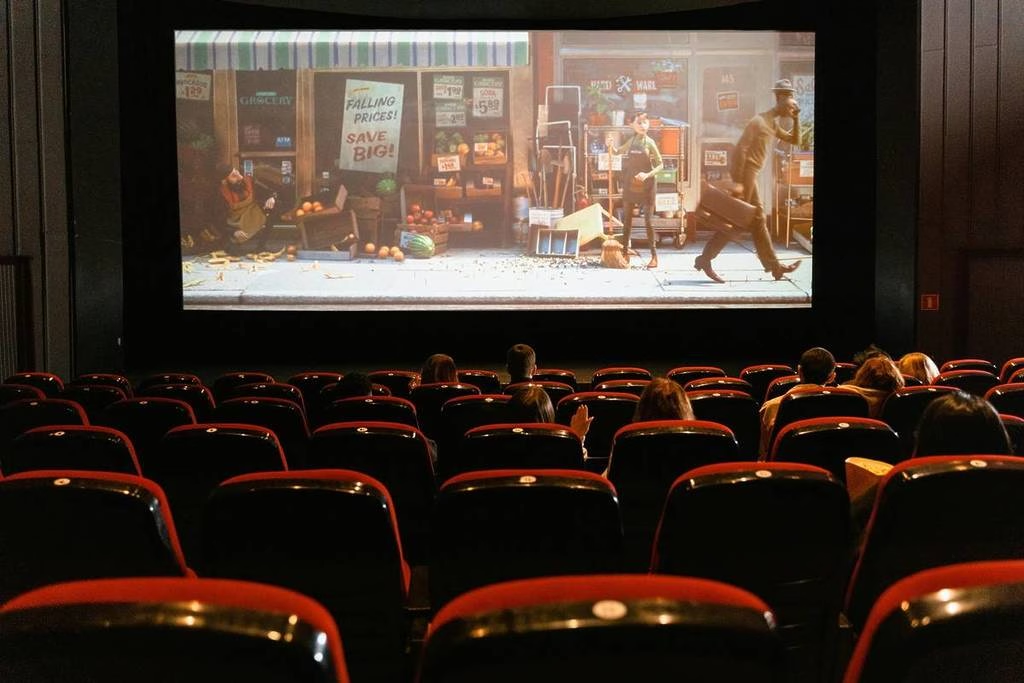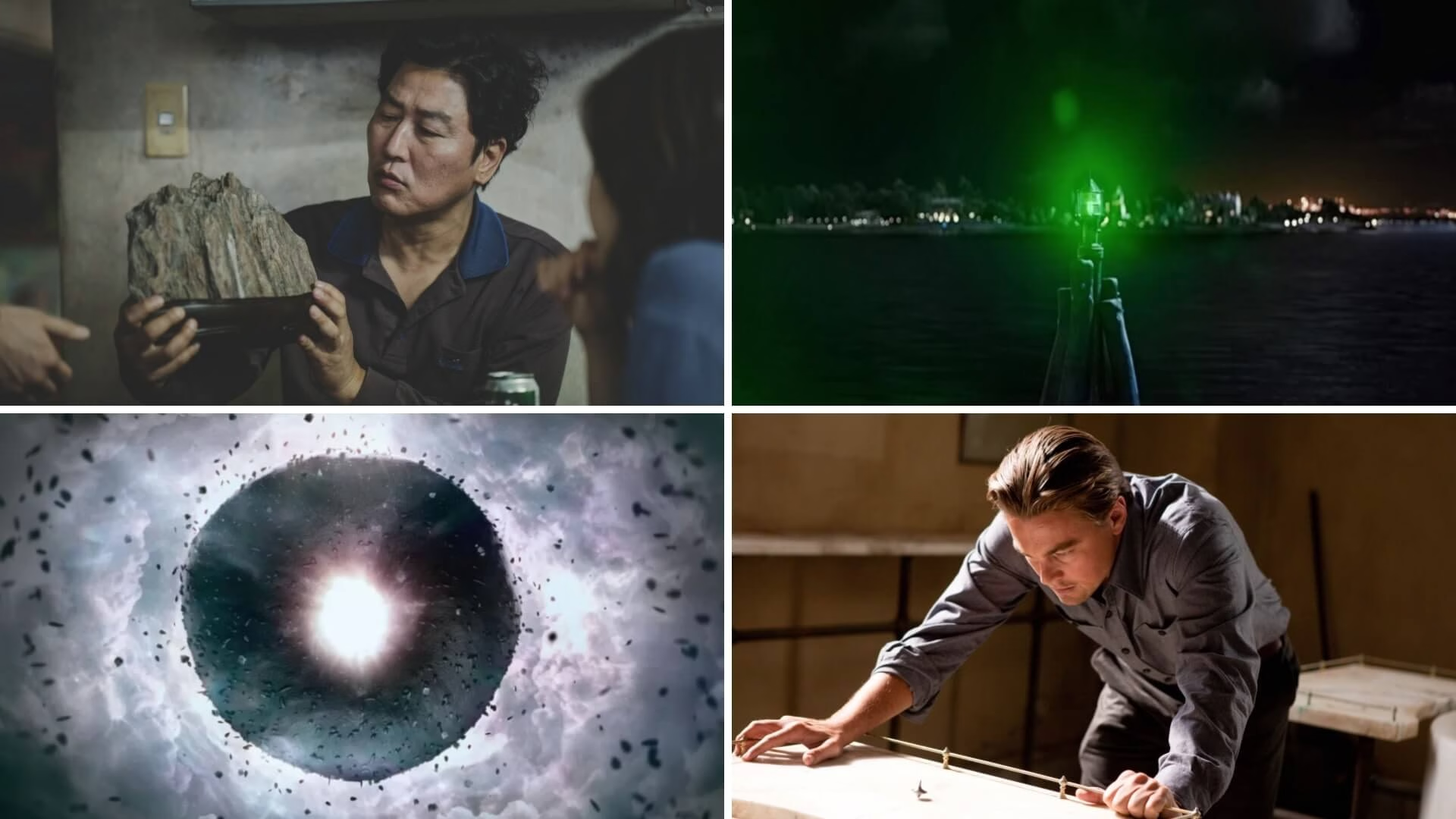The “Hero’s Journey,” a narrative structure outlined by mythologist Joseph Campbell, is a powerful archetype that permeates countless stories across cultures and throughout history, including a significant portion of cinema. This cyclical pattern, often referred to as the “monomyth,” provides a framework for understanding how many stories unfold, from ancient myths to modern blockbusters.
The Core Stages of the Hero’s Journey:
- The Ordinary World: The hero begins in their everyday life, seemingly ordinary and unaware of the extraordinary journey that awaits.
- The Call to Adventure: An unexpected event disrupts the hero’s ordinary life, presenting a challenge or a quest.
- Refusal of the Call: The hero initially resists the call, often due to fear, doubt, or a sense of inadequacy.
- Meeting the Mentor: The hero encounters a wise mentor who provides guidance, training, or a crucial item to aid them on their journey.
- Crossing the Threshold: The hero leaves the known world and enters the unknown, embarking on the actual adventure.
- Tests, Allies, and Enemies: The hero faces a series of trials and tribulations, encountering both allies and enemies along the way.
- Approach to the Inmost Cave: The hero reaches the climax of their journey, facing the greatest challenge and confronting their deepest fears.
- The Ordeal: The hero endures a crucial test, often a life-or-death struggle, where they must overcome their greatest obstacle.
- The Reward: The hero emerges victorious from the ordeal, achieving their goal or gaining a valuable reward.
- The Road Back: The hero begins the journey back to their ordinary world, often facing new challenges and temptations.
- Resurrection: The hero faces a final test or confrontation, often a symbolic death and rebirth.
- Return with the Elixir: The hero returns to the ordinary world, transformed by their experiences, and shares their wisdom or the fruits of their journey with others.
Examples in Cinema:
- Star Wars: Luke Skywalker’s journey from farmboy to Jedi Knight perfectly exemplifies the Hero’s Journey.
- The Lord of the Rings: Frodo Baggins’ quest to destroy the One Ring follows a classic hero’s journey structure.
- The Matrix: Neo’s awakening to the truth about reality and his subsequent struggle against the machines mirrors the hero’s journey in many ways.
Deconstructing the Archetype:
While the Hero’s Journey provides a valuable framework for understanding narrative structure, it’s important to recognize that many films subvert, deconstruct, or deviate from this traditional pattern.
- Anti-heroes: Characters who defy traditional heroic archetypes, such as morally ambiguous figures or reluctant heroes, are increasingly common in contemporary cinema.
- Female Heroes: The rise of strong female protagonists in film has challenged traditional gender roles and expanded the definition of the heroic archetype.
- The Cyclical Nature of the Journey: Some films emphasize the cyclical nature of the hero’s journey, highlighting the ongoing nature of personal growth and transformation.
Conclusion:
The Hero’s Journey, while a powerful and enduring archetype, is not a rigid formula. By understanding the core principles of this narrative structure, we can gain a deeper appreciation for the storytelling techniques employed by filmmakers and the enduring power of myth and archetype in shaping our understanding of the human experience.




